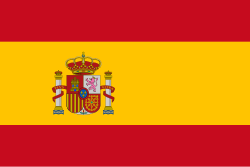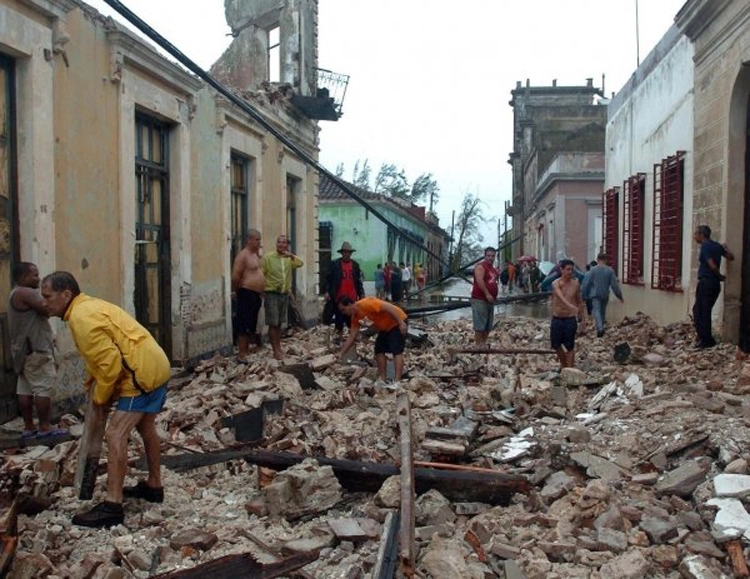Twenty years have passed, during which the province of Holguin has written, through meteorological shocks, a practical manual on vulnerability and resilience. An analysis of this period reveals a profound transformation in the perception of risk and the implementation of measures. However, there is still a critical path to be taken in the preservation of lives and property.
Experiences: From Sandy to Irma
The people of Holguin have dates marked by fire. Hurricane Sandy, in 2012, was a turning point. Its unusual trajectory, which furiously lashed the eastern part of the country, demonstrated that no territory is immune. Its catastrophic winds not only brought down trees and power lines. But also shattered complacency. Although previous events such as Hurricane Ike (2008) had offered serious warnings. It was Sandy that consolidated awareness of the danger.
Subsequently, the prolonged drought that affected the province for several years taught another equally vital lesson: disasters don’t always arrive with wind and rain. Water scarcity challenged agriculture, the economy, and domestic life. Making it clear that climate adaptation also depends on effective resource management.
Preservation: An Institutional and Citizen Task
The Cuban Civil Defense system is undoubtedly the pillar that has saved an incalculable number of lives. Early warning mechanisms, mass and organized evacuations. Also the cleaning of rooftops and drains have become almost perfect protocols for the imminence of a meteorological event. This is its great strength.
However, a critical assessment is necessary. The weakest link lies in the preservation of material assets and preparation for smaller-scale but highly recurrent events. The population must internalize, beyond moments of crisis, measures such as:
- Structural Reinforcement: It is not enough to protect windows. The evaluation and reinforcement of roofs. Especially those made of fiber cement and tile, is crucial. The continued construction of homes in high-risk areas, despite restrictions, remains an endemic problem.
- Family Risk Plan: Each family should identify their evacuation routes, store important documents in waterproof bags, and prepare a backpack with basic supplies (water, medicine, flashlight, radio). Experience shows that these precautions. Although they may seem like something from a survival manual, are essential.
- Culture of Saving and Storing Water: The drought taught us that storing water is as vital as evacuating. The installation of tanks and the practice of rational use must be permanente. Not just in the face of the threat of a hurricane. Keeping containers of drinking water in protected locations is one of the most effective ways to guarantee this resource. Which becomes invaluable during an emergency.
Topography: A Determining and Diverse Factor
Holguin’s geography is not uniform, and this increases the risks. Holguin (capital municipality): Its relatively flat topography in the central urban area is treacherous. Sloping streets toward the center (such as the popular Libertad Street) become rivers during heavy downpours. While the slopes on the city’s highlands are susceptible to landslides.
Gibara and Banes: As coastal municipalities, they are the first line of defense against ciclones. Also where the incoming sea and extreme winds pose the greatest threat.
Mayari, Moa, and Sagua de Tanamo: Their mountainous and complex topography poses risks of landslides and flash floods in fast-flowing rivers. Deforestation in some areas substantially exacerbates this danger. For its inhabitants, knowing the routes to higher ground is a matter of life or death.
Rafael Freyre and Antilla: They share coastal vulnerability, with the added benefit of their proximity to Nipe Bay.
Holguin has learned to cope with the fury of the weather. The success in protecting human lives is an indisputable achievement of the Civil Defense system and of a people who follow the guidelines.
However, the next step in resilience requires a cultural leap: moving from reaction to proactive and constant prevention.
Strengthening homes, planning as a family, respecting urban planning, and understanding the local topography are no longer simple recommendations. But essential investments in survival and stability.
Nature has spoken clearly in these two decades. It is up to Holguin to continue listening, learning, and, above all, acting.
By: Daimy Peña Guillén
- Etecsa Announces New Offer for Residential Nauta Home Internet - 15 de December de 2025
- Cuba condemns terrorist attack against Jewish celebration in Australia - 15 de December de 2025
- Furniture Company in Holguin Diversifies Production - 15 de December de 2025

